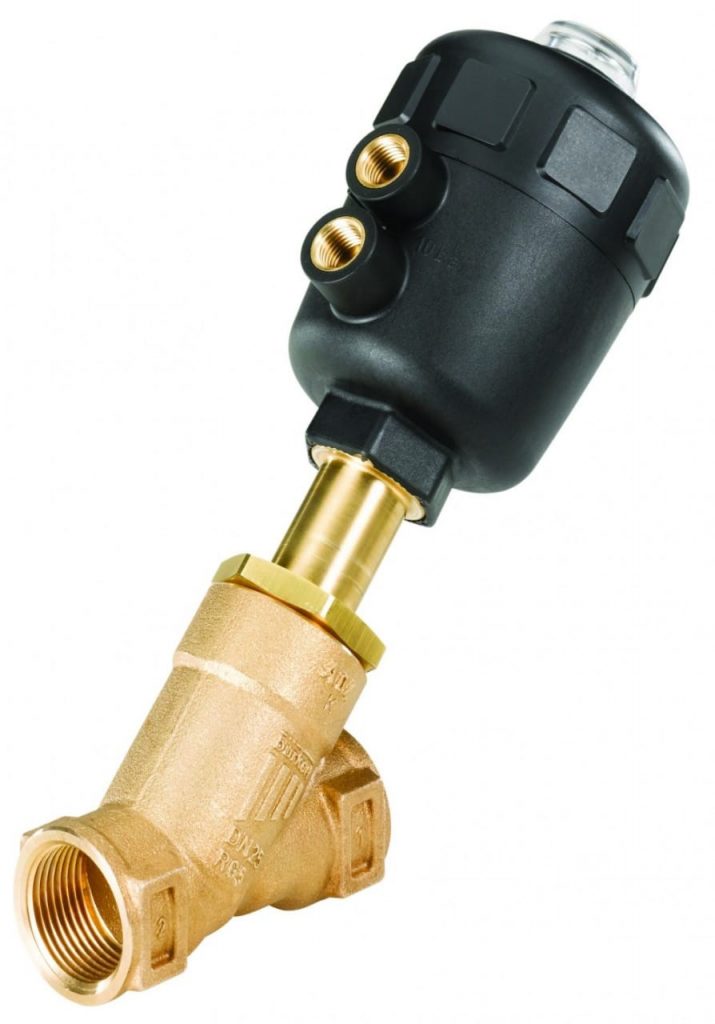blind flange plate
Understanding Blind Flange Plates An Essential Component in Piping Systems
In industrial applications, ensuring the integrity and efficiency of piping systems is paramount. Among the myriad components that contribute to this goal, blind flange plates play a critical role. These specialized components are essential for maintaining the safety and functionality of piping infrastructures in various sectors, including oil and gas, chemical processing, power generation, and water treatment.
A blind flange plate is essentially a flat piece of metal used to seal the end of a pipe or a flange joint. Unlike regular flanges, which are designed to connect two pipes or components, blind flanges are solid and do not have a central opening. This makes them particularly useful in situations where a pipe needs to be closed off or temporarily sealed during maintenance work. They prevent the escape of fluids and gases, securing the system's integrity and reducing the risk of leaks.
One of the primary advantages of using blind flange plates is their versatility. They are available in various materials, including carbon steel, stainless steel, and alloy steel, allowing them to be tailored for different applications based on the operating conditions. For instance, stainless steel blind flanges are commonly used in corrosive environments due to their resistance to rust and chemical damage. In contrast, carbon steel options are often more economical for less demanding applications.
blind flange plate

When selecting a blind flange plate, it is crucial to consider several factors, including pressure rating, temperature tolerance, and compatibility with other materials in the system. The flange's design must also align with industry standards, such as ANSI, ASME, or API specifications, which ensure that the flanges can withstand certain pressures and temperatures without failure.
Installation and maintenance of blind flanges require attention to detail. Proper installation involves using the right type and number of bolts to ensure a tight seal, as well as applying appropriate torque specifications. Over-tightening can lead to flange distortion, while under-tightening can result in leaks. Regular inspections and maintenance checks are also recommended to ensure that the blind flanges remain sealed and to catch any potential issues before they escalate.
In conclusion, blind flange plates may seem like simple components, but they serve a vital purpose in the functionality and safety of piping systems. Their ability to seal off sections of piping not only prevents leaks but also allows for safe maintenance and repairs. With their diverse material choices and adherence to strict industry standards, blind flanges are indispensable in a wide range of applications. Whether in oil and gas production, chemical refining, or water treatment facilities, the importance of high-quality blind flange plates cannot be overstated. By understanding their role and ensuring proper installation and maintenance, industries can uphold the integrity of their piping systems and enhance operational efficiency.
-
The Key to Fluid Control: Exploring the Advantages of Ball Valves in Industrial SystemsNewsJul.09,2025
-
The Versatile World of 1, 2, and 3 Piece Ball ValvesNewsJul.09,2025
-
Stainless Steel Ball Valves: The Ideal Choice for Efficient Flow ControlNewsJul.09,2025
-
Optimizing Fluid Control with Ball Float ValvesNewsJul.09,2025
-
Manual Gate Valves: Essential for Control and EfficiencyNewsJul.09,2025
-
Everything You Need to Know About Butterfly ValvesNewsJul.09,2025
-
The Versatility of Wafer Type Butterfly ValvesNewsJul.08,2025




